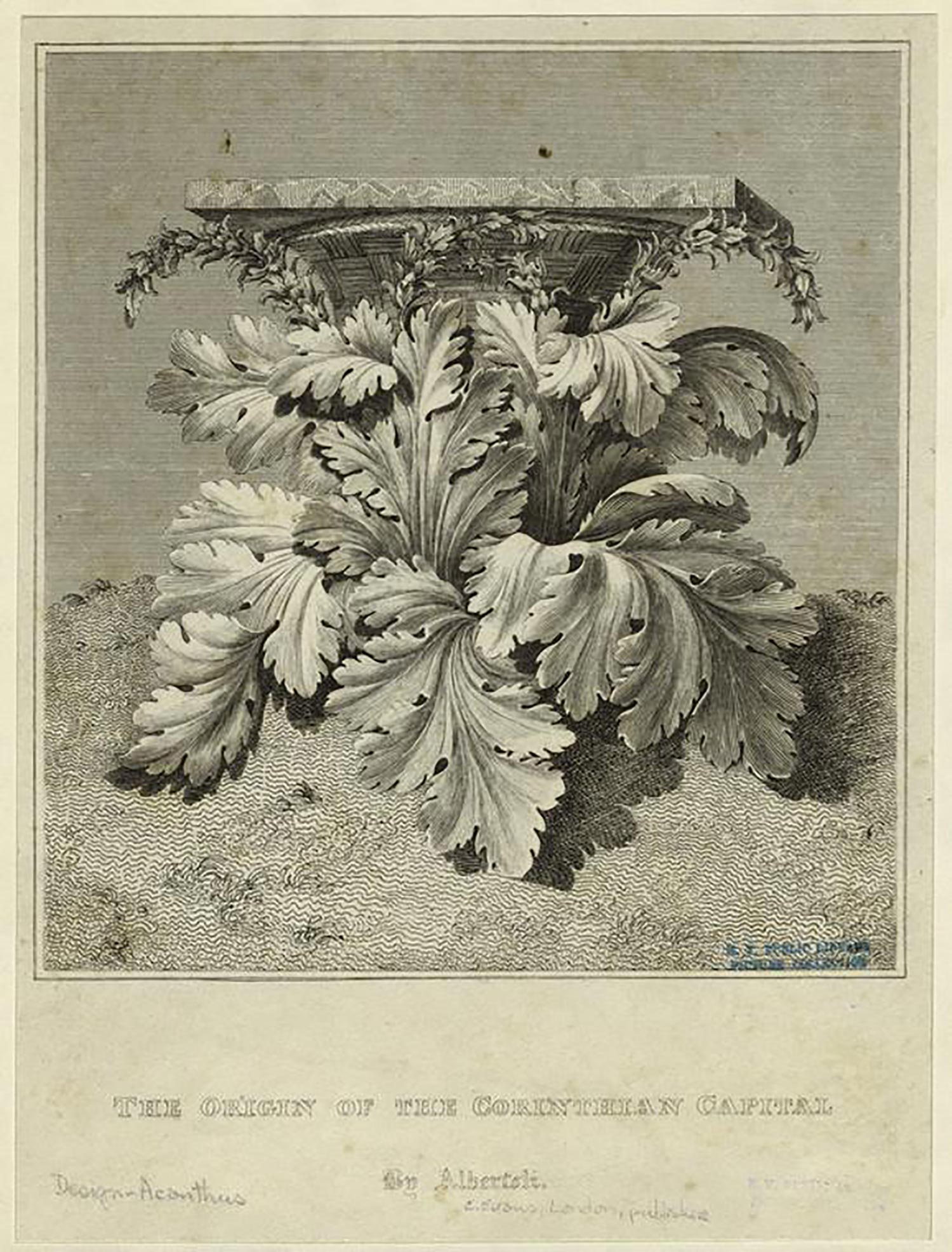
“Acanthus offers poems that dwell in the landscapes of edges, of northern and southern hemispheres, of myth and fantasy – voyage and desire – as they oscillate between observation and finding one’s home.”
At the heart of Potter’s poetry is a keen awareness of the power of transformation, which draws the celestial and the physical closer to hand. These poems hold an ear to those wandering figures who, like Homer and Icarus, search the peripheries for clues. Surreal gardens, oblique geometries, rooms of clouds, witches, and childhood remembrances, lie not outside the natural world but directly within it, mixing poetry and quotation – dream and prose. Each poem lies at an angle to the next, sitting as if within the net of a wider page, seeking to embody the radical arc of reading, reverie, and falling right through literary spaces.
Claire Potter is the author of three poetry collections and numerous essays and translations. Her poetry has been published in Poetry Chicago, London Review of Books, New York Review of Books, Best Australian Poems, New Statesman, and Poetry Ireland Review and translated into Chinese and French. She studied at the University of Western Australia, and the University of NSW, and has a Masters in Psychoanalysis from Université Paris VII and in Psychoanalytic Infant Studies from the Tavistock Institute. She teaches at the Architectural Association London where she also runs the AA Writing Centre.
Mais toujours et distinctivement je vois aussi
La tache noire dans l’image…
Yves Bonnefoy
An enduring line running through Acanthus is perhaps one that inevitably moves obliquely or sideways. Looking back now, many of the poems traverse the clarity of a dream-like state: diverting from an imaginary centre and meandering across strange ground. As with all poetry, fragments matter; figures and objects – as if on the level of the bee – are significant; unintelligible feelings turn into a blueprint language that errs and wanders in order to find a resting place. Nothing in the collection was fixed beforehand, you could say the writing took place in order to think a way through, think about certain things or events that at the time didn’t have any formal presence in my mind. The central question of the collection could be this inclination towards remembrance; a leaning inwards that – like Icarus – mirrors a leaning outwards, an imperfect zigzag between the reality of a leaf and its allegorical translation into stone.
If there is a context to the collection, then it would be a porous one involving authors I read; in many ways their work makes up the true sense of the writing. The untitled preface is a nod in this direction, to where on the edges something occurs almost out of the corner of one’s eye like an annotation; this insignificance is precious and full of life. As Marianne Moore said, ‘There must be edges’ and I think that these edges, very important to architecture as well, are such interesting places and form a touchstone for this collection; they are like a photograph, albeit on the negative side, where unexplained and forgotten things again find place, become clear and therefore on paper begin to happen.
Emily Dickinson – Poems — https://www.poetryfoundation.org/poets/emily-dickinson
Sigmund Freud – ‘On Transience,’ https://www.sas.upenn.edu/~cavitch/pdf-library/Freud_Transience.pdf
Claude Parent – Vivre a l’Oblique, (Place Ne: Nouvelles Editions JM place, 2004)






































































